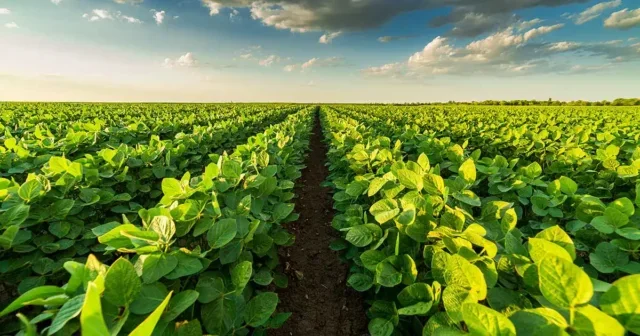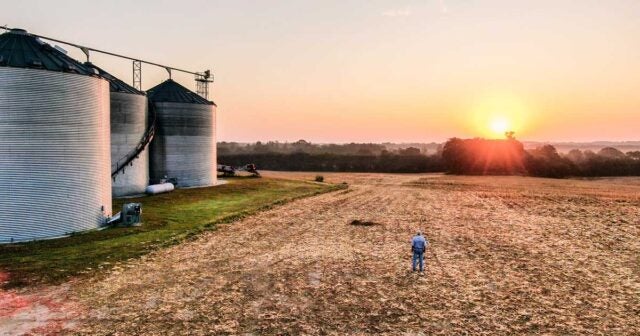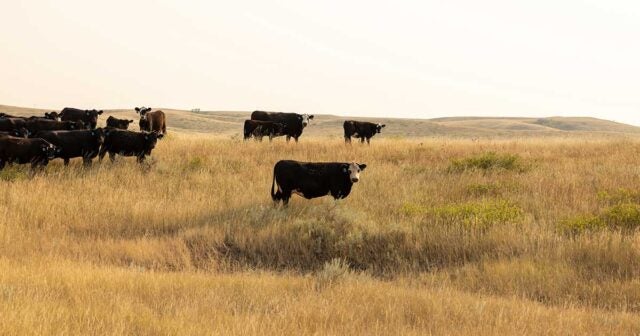- Resources
- 3 takeaways from my testimony to Congress on climate-related financial risks to U.S. agriculture
Resources
3 takeaways from my testimony to Congress on climate-related financial risks to U.S. agriculture
Published: November 10, 2021 by Maggie Monast
Highlight: EDF’s Maggie Monast testified at a hearing of the House Select Committee on the Climate Crisis, “Creating a Climate Resilient America: Strengthening the U.S. Financial System and Expanding Economic Opportunity.” Watch here.
It’s becoming impossible to ignore the risks that climate change poses to financial markets, including those that support U.S. agriculture.
Increased temperatures and more frequent droughts and extreme precipitation events threaten crop productivity across the nation. In 2020 alone, we have seen ample evidence of these impacts, including destructive storms in the Midwest, hurricanes along our coasts, and wildfires and smoke in the West.
These physical risks of climate change create risks to the U.S. financial system, which was the topic of last week’s hearing held by the House Select Committee on the Climate Crisis, entitled “Creating a Climate Resilient America: Strengthening the U.S. Financial System and Expanding Economic Opportunity.”
I testified to the committee on climate risks to the agriculture finance system — and opportunities to build resilience.
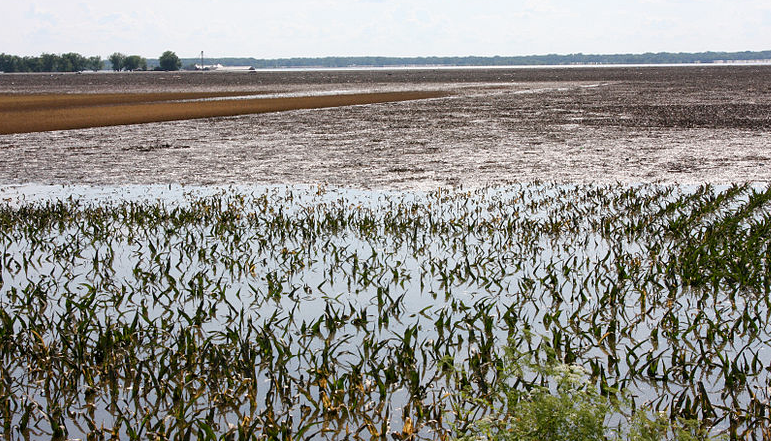
Here are three key takeaways from the hearing:
1. Financial regulators are increasing their focus on climate risk.
The first witness to testify at the hearing was Commissioner Rostin Behnam of the Commodities Futures Trading Commission, who spoke about a recently released report by the CFTC’s Climate-Related Market Risk Subcommittee on the risks of climate change to the U.S. financial system. EDF participated on the subcommittee along with representatives of sectors across the U.S. economy, who voted unanimously 34-0 to adopt the report.
The report includes several notable recommendations for financial regulators related to agriculture.
They include boosting research by federal financial regulators on the financial implications of climate-related risks, including the potential for and implications of climate-related “sub-systemic” shocks in the agriculture sector.
The report recommends that relevant federal regulators should also assess the exposure and implications of climate-related risks for the portfolios and balance sheets of the government-sponsored enterprises, such as Farm Credit, and strongly encourage them to adopt and implement strategies to monitor and manage those risks.
Finally, the report recommends that regulators should work with financial institutions, including agricultural and community banks, to pilot climate risk stress testing to better understand exposure to climate-related risks, and take steps to mitigate them.
2. Data is key for risk assessment and resilience opportunities.
My testimony addressed the climate risks to the agriculture lending sector, as well as opportunities for lenders to finance resilient agriculture. A significant theme of the conversation was the data required by farmers and lenders to act, and the role of policymakers in facilitating data coordination and analysis.
Congress can incentivize data collection and analysis to demonstrate the reduced risk and profitability benefits of conservation practices like cover crops, no-till, nutrient management and diversified crop rotations.
While many studies analyze farmer budgets and other relevant data sources, there is a critical need to expand such analysis and connect it to the type of information required by agricultural lenders and crop insurers for decision-making and risk analysis.
There are significant opportunities for USDA to coordinate data gathering and analyze that data across its agencies. For example, data on crop yield risk from weather events is held by the Risk Management Agency, whereas data on conservation adoption is held by the Natural Resources Conservation Service. The two agencies could work together to assess the impacts of conservation adoption on crop yield risk.
An important caution in this area is to avoid relying entirely on data sources that exclude small farmers or farmers of color. For example, farm management software is much more commonly available to and used by large-scale farmers; small farmers and farmers of color are less likely to utilize this technology. Clear protections for farmers on data use and security are also needed.
3. Policymakers can spur innovation to finance climate resilience.
A final role for Congress discussed in the hearing is its ability to foster innovation. My testimony focused on the role of agricultural lenders in financing resilient agriculture.
New lending programs that finance resilient agriculture should realign lending structures to better match the needs of farmers who adopt practices that improve resilience. Ultimately, this will benefit both the farmer and the overall risk of a lender’s portfolio.
Where initial programs and products do not meet lenders’ current credit standards, loan support from partners (e.g. USDA, foundations, food companies or impact investors) can help bridge the gap. For example, the NRCS has helped advance new approaches to conservation finance.
The public sector is well positioned to de-risk initial programs and collect the data needed to allow loans for resilient agricultural practices to stand on their own. But more attention and investment is needed to bring conservation efforts to scale, fast.
The longer policymakers wait to address climate risks, the greater the likely severity of economic consequences — both for farmers and for all Americans who rely on our nation’s farmers to put food on the table.
I encourage policymakers to act quickly to help American farmers and the institutions that finance them secure a more productive, profitable and equitable future.
Our Experts
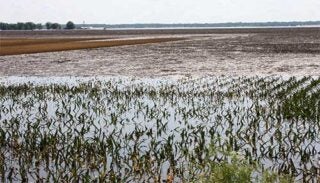
-
Financial Solutions for Agricultural ResilienceLearn more


